Alamosaurus
Name Origin
Alamo Lizard
Family
Saltasauridae
Classification
Diapsida, Saurischia, Sauropodomorpha
Habitat (Discovery Location)
United States
Period
Approximately 70 million years ago (Late Cretaceous)
Length
Approximately 30 meters
Weight
Approximately 50 tons
Diet
Herbivore (Plant-eater)
 Jurassic
Jurassic
Park / World Featured Dinosaur
Appearance in Jurassic Park
It was displayed in the Visitor Center (entrance) as a skeletal specimen, alongside the Tyrannosaurus (T-Rex) skeleton (appearing as a decorative fossil).
The shock of realizing that this skeleton—which nearly everyone initially mistook for an Apatosaurus or Brachiosaurus—was actually an Alamosaurus was immense.
During the film's climax, this precious skeletal specimen was destroyed, getting caught in the ferocious battle between the T-Rex and the Velociraptors.

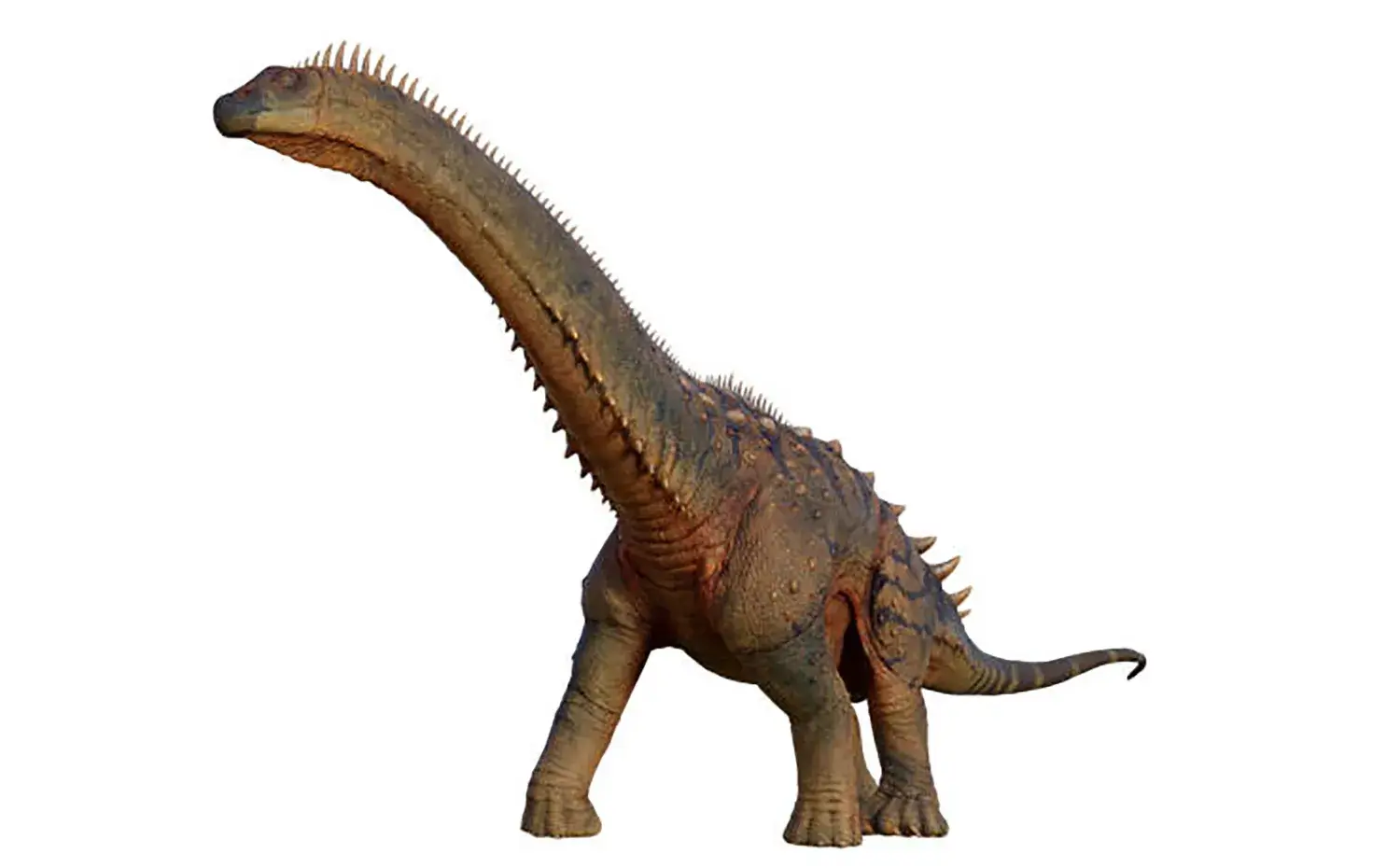
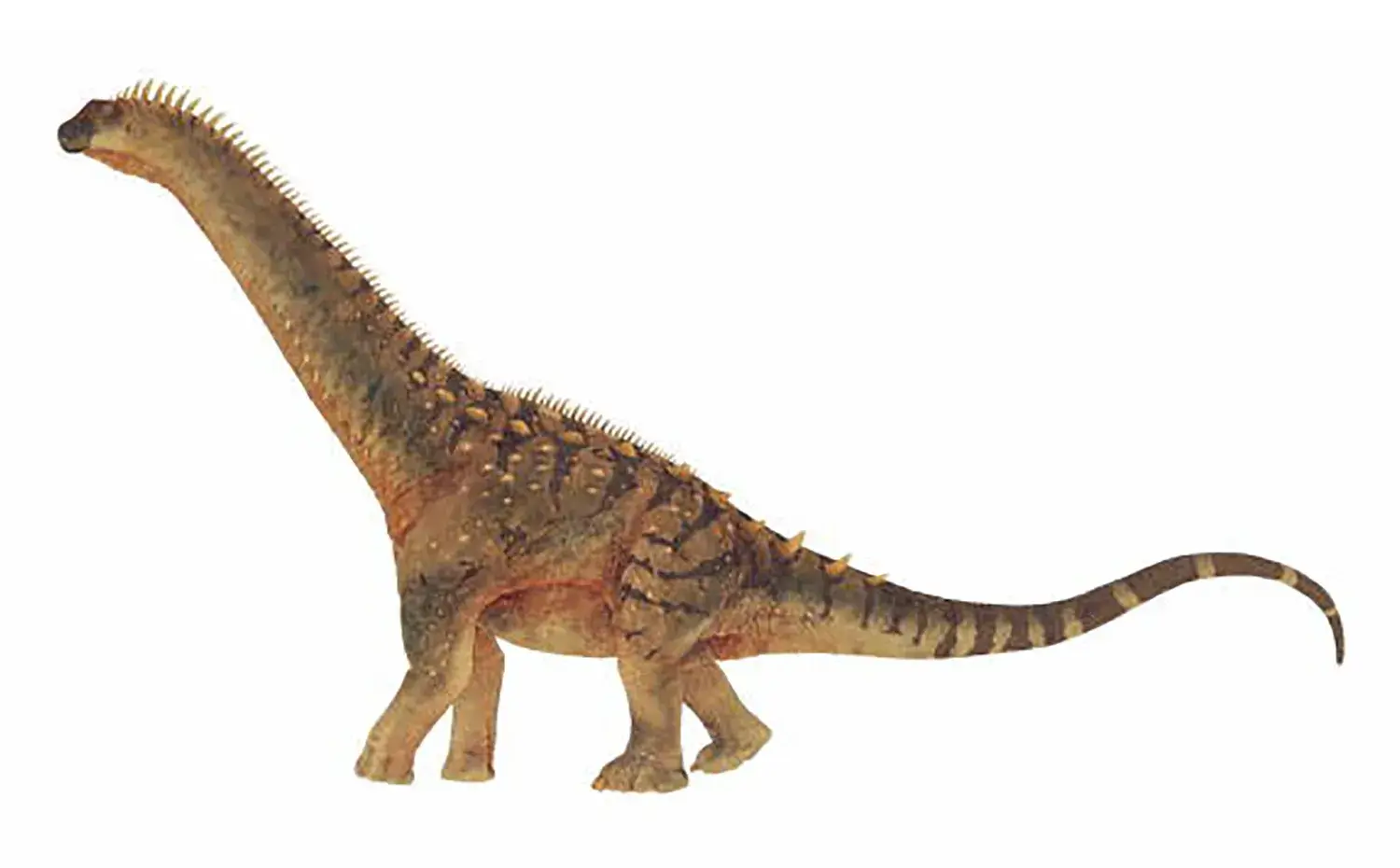

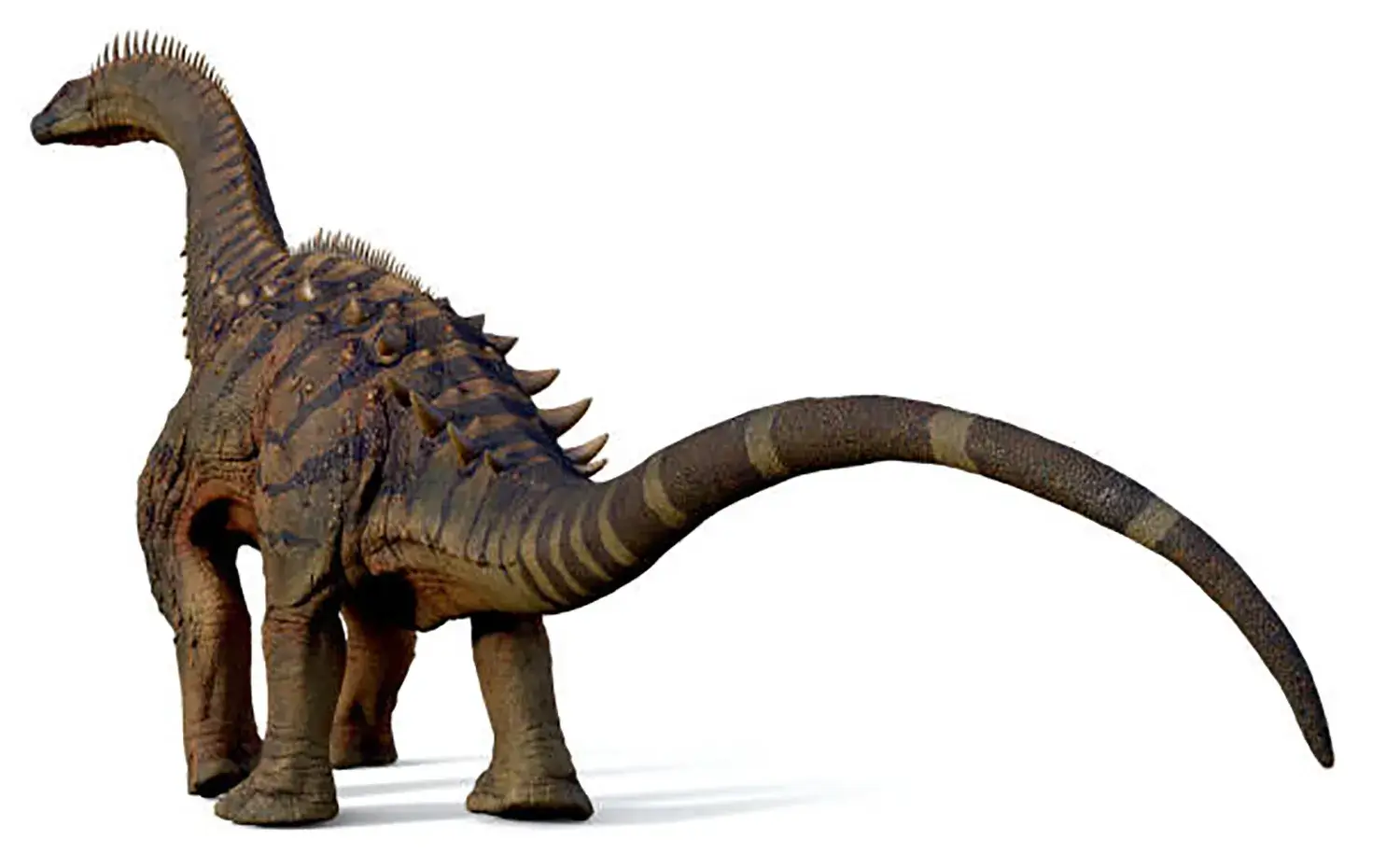
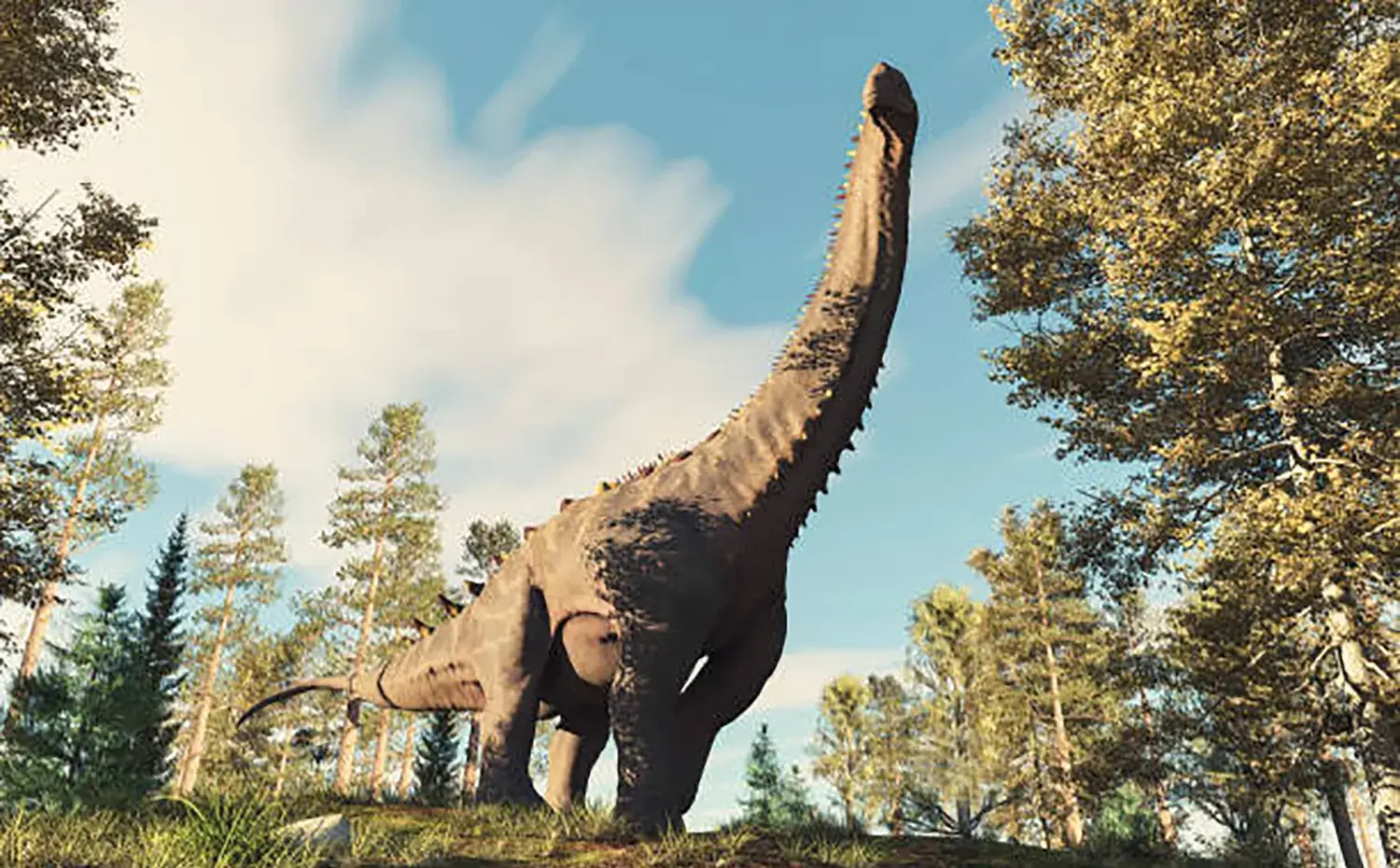
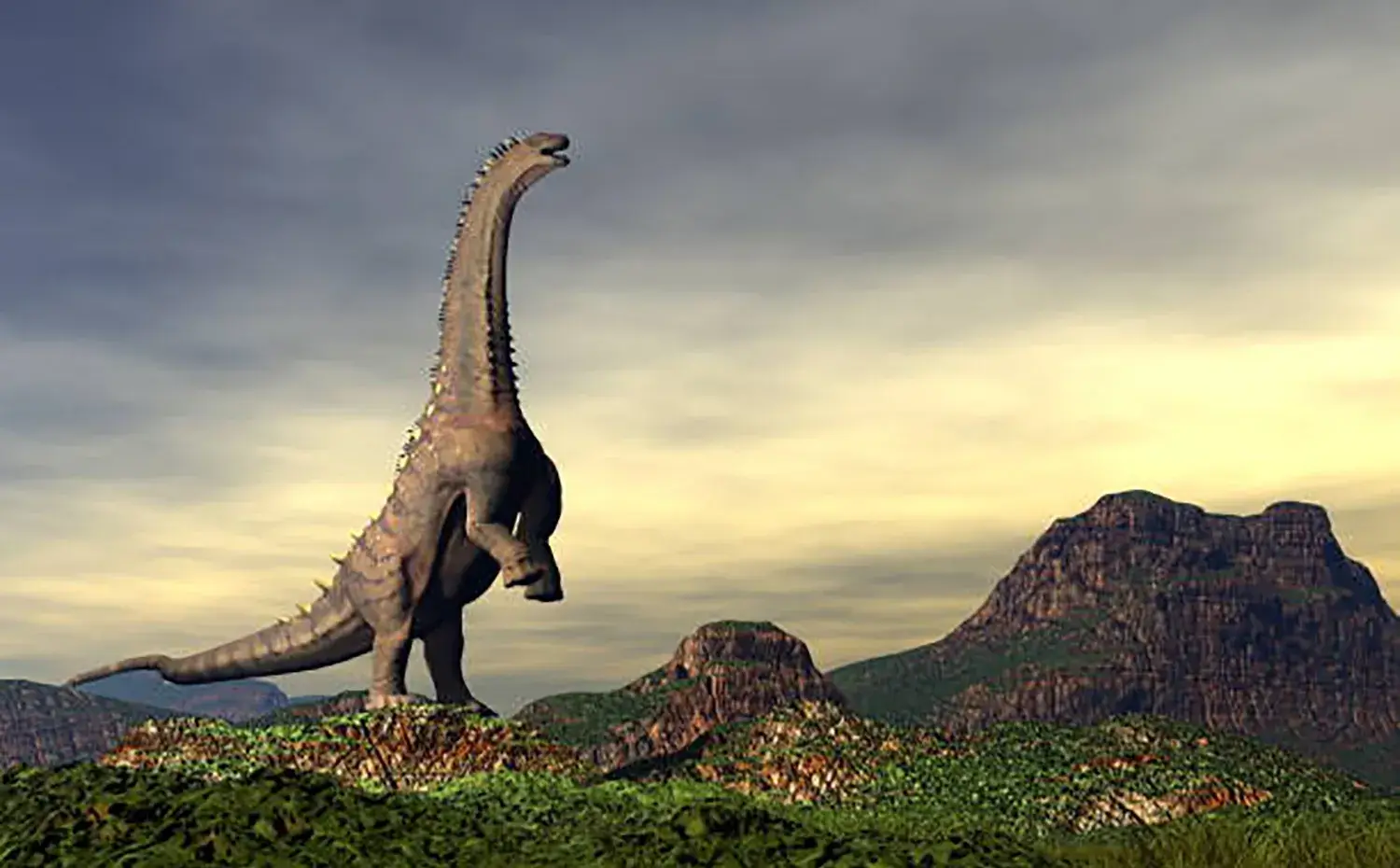
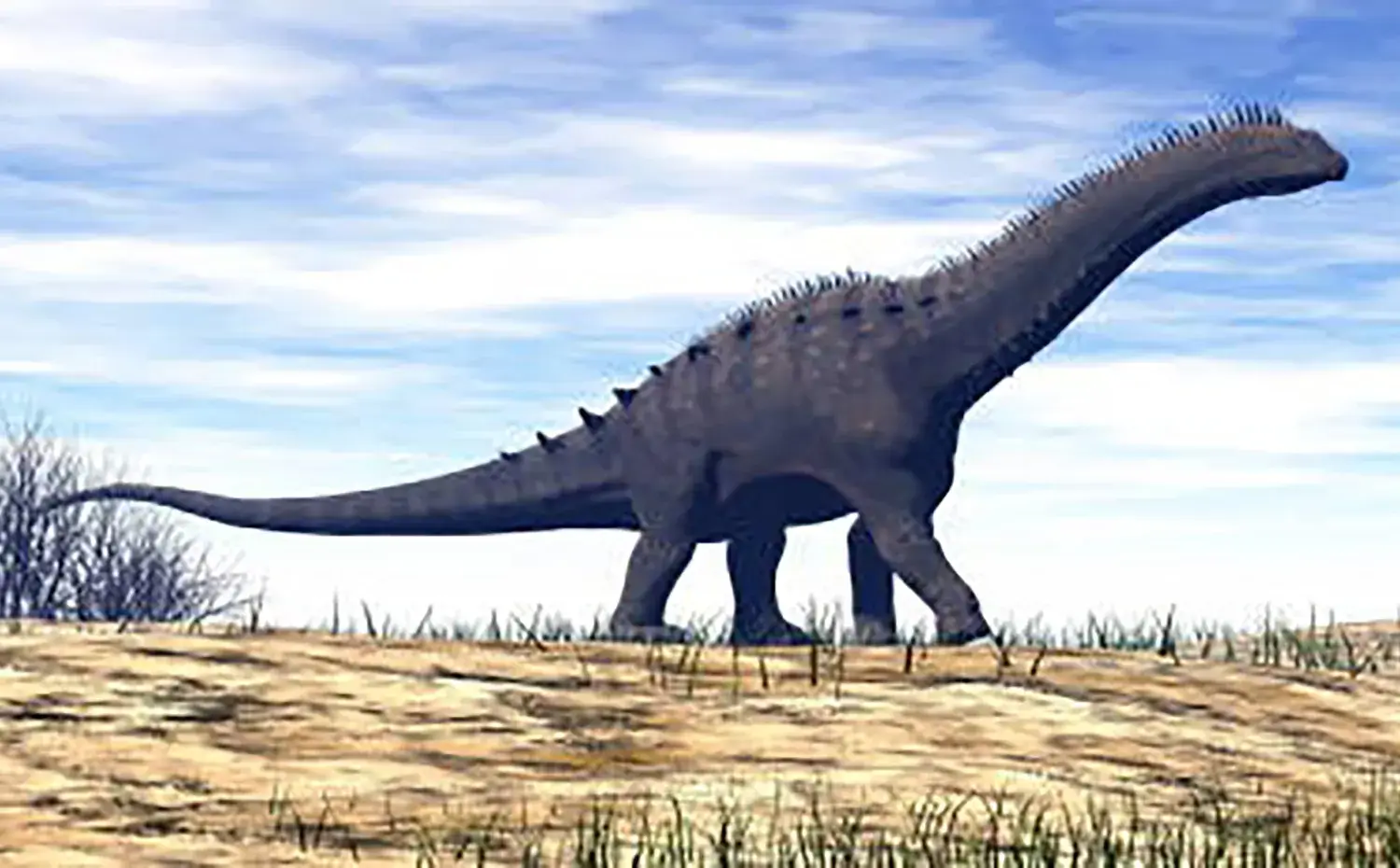

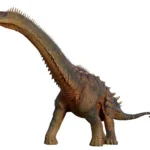

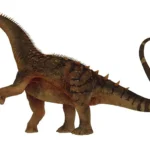


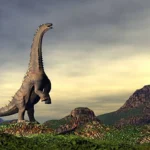
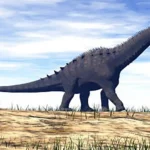
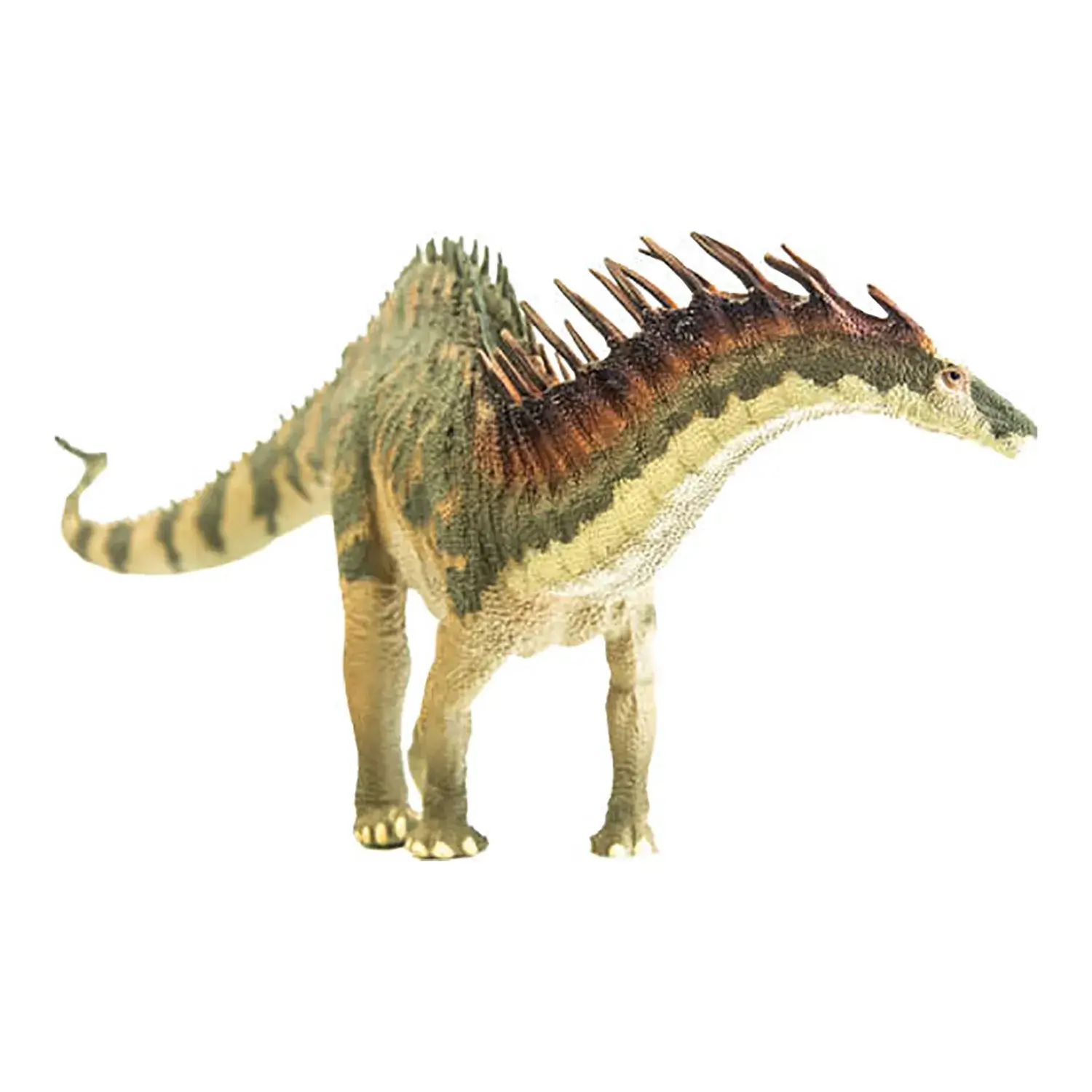


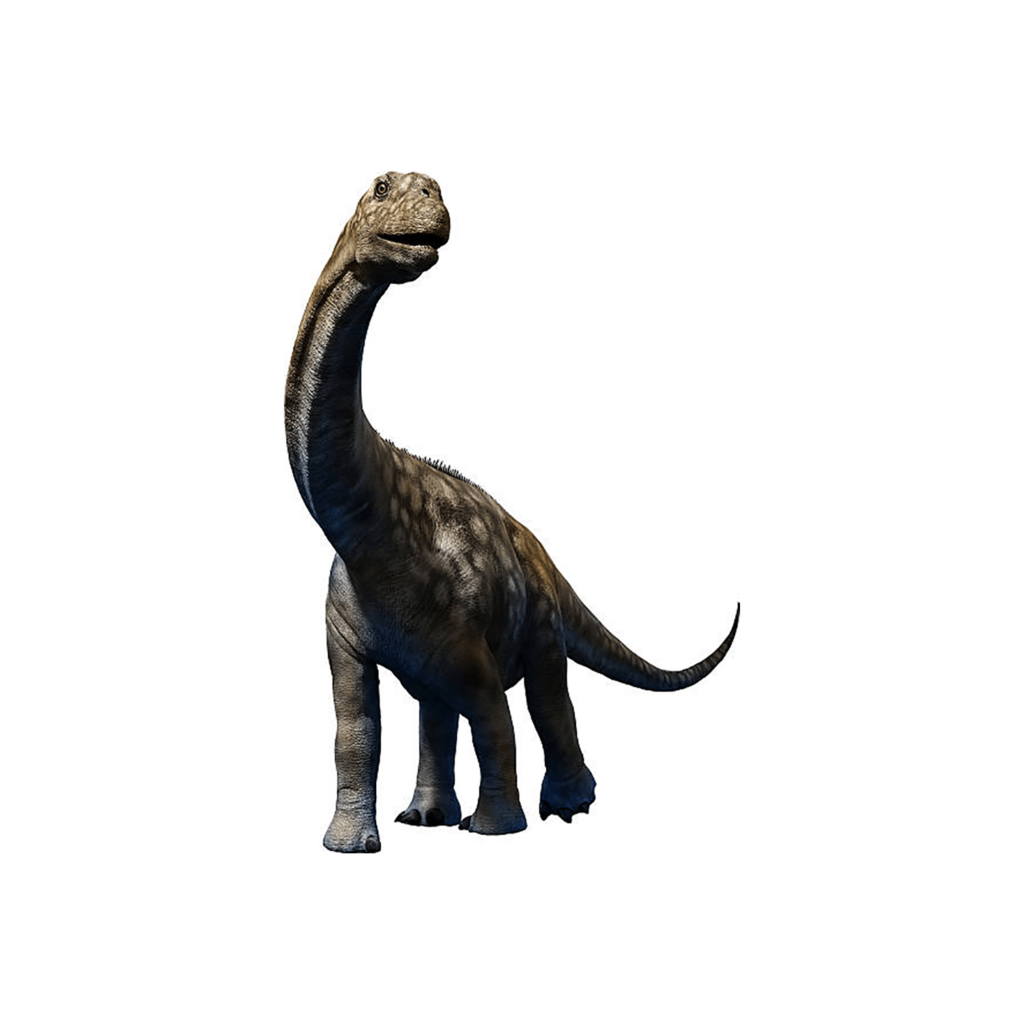
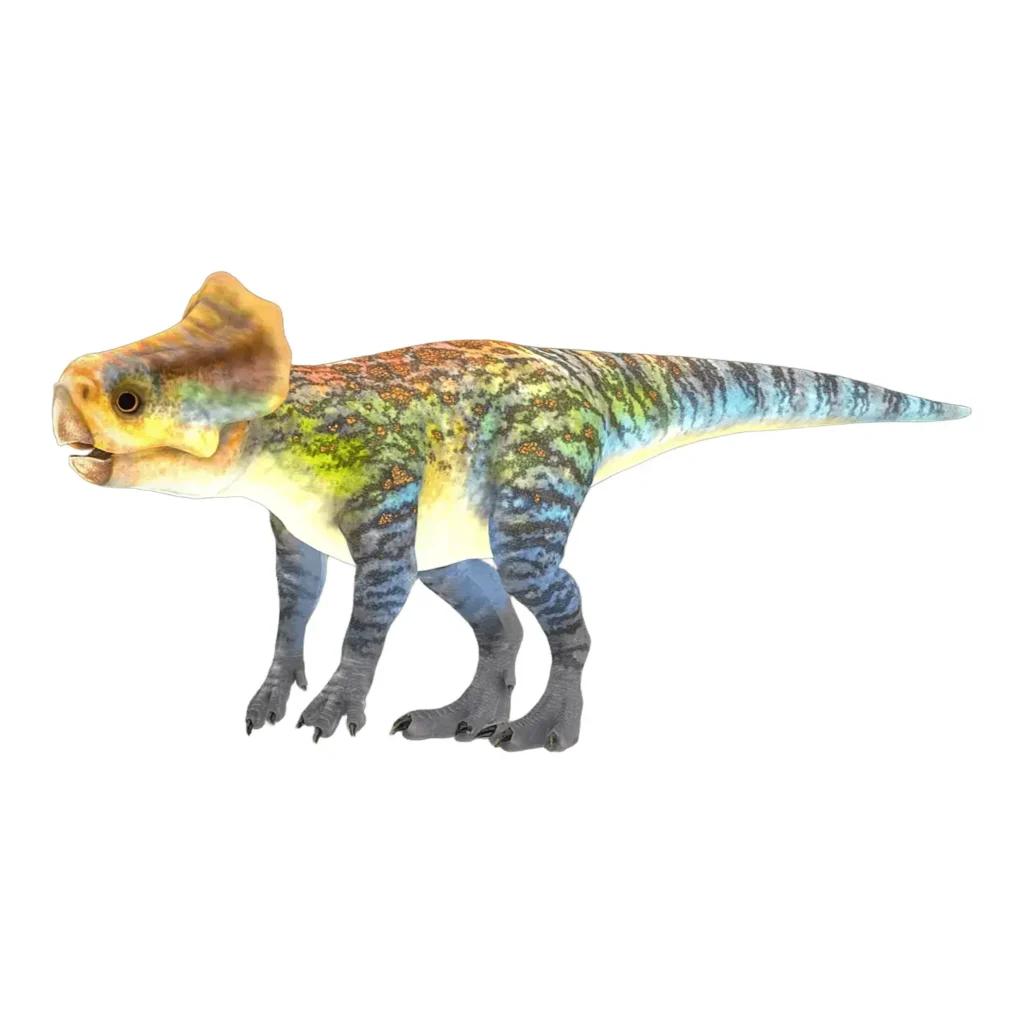

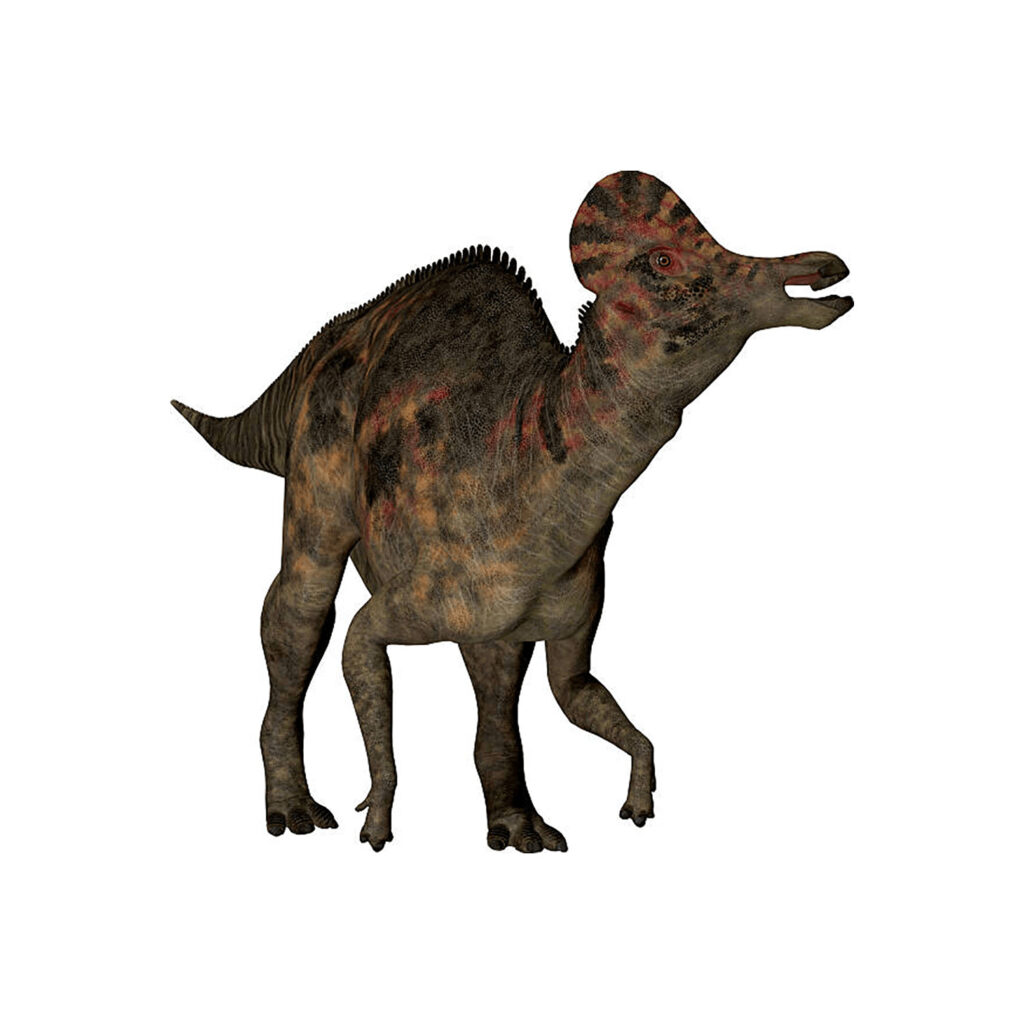


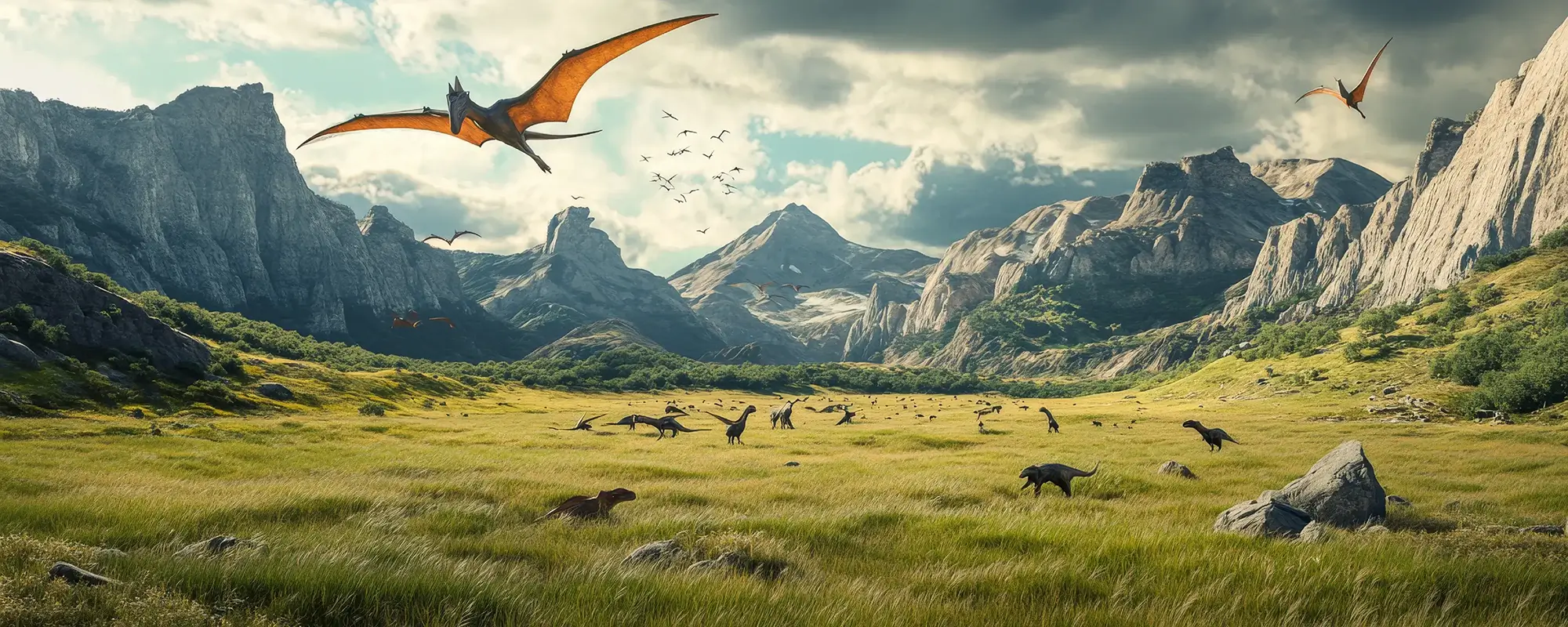







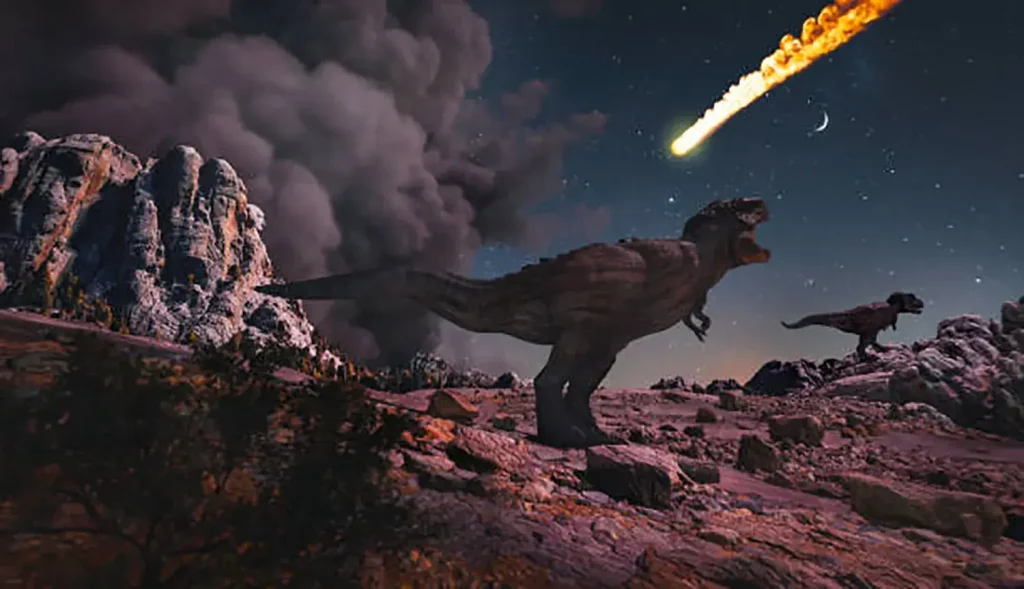
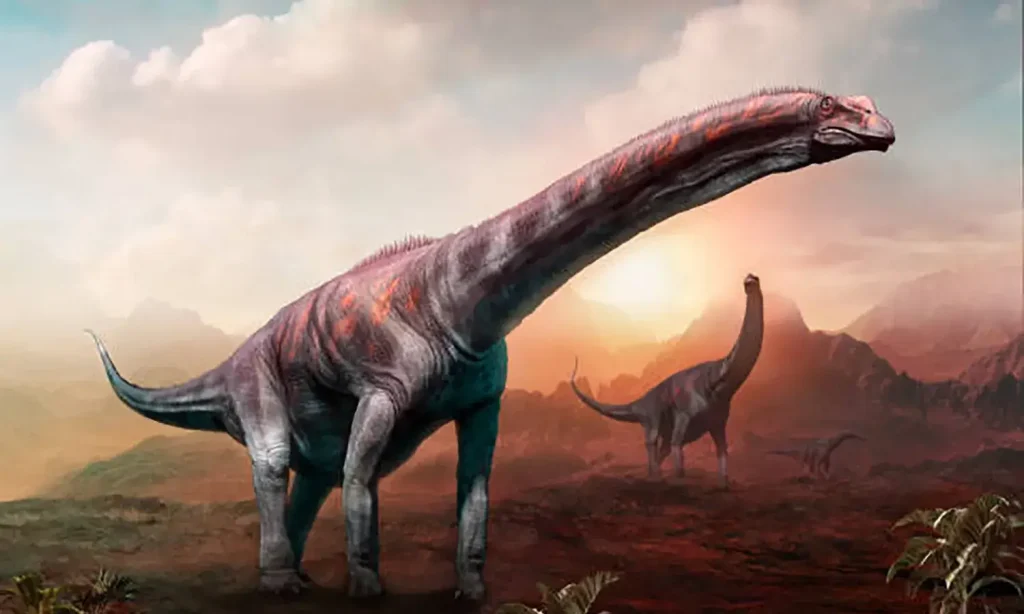
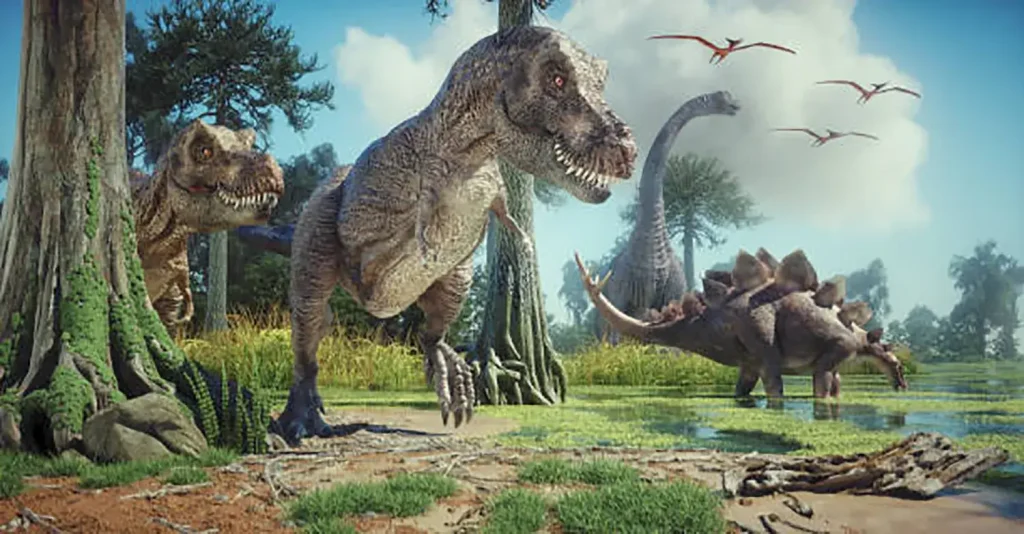
Description
Alamosaurus was the last sauropodomorph of the Mesozoic Era, inhabiting the North American continent during the Late Cretaceous period.
Its existence is extremely significant as it was one of the few giant sauropodomorphs to thrive in North America during the final days of the dinosaur age, an era when Tyrannosaurus and Triceratops roamed the land.
Filling the Sauropodomorph “Gap” in North America
Sauropodomorphs, famously represented by dinosaurs like Brachiosaurus, originated in the Triassic and reached their peak in the Late Jurassic.
While diverse sauropodomorphs roamed the Earth at that time, the situation changed dramatically moving into the Cretaceous period.
The once-global population of sauropodomorphs began to decline drastically, with the exception of species in South America.
In North America especially, there was a “gap” in which long-necked dinosaurs were becoming a thing of the past.
However, Alamosaurus was the dinosaur that, undeterred by this adversity, remained rooted in its ancient homeland of North America.
Potentially One of the Largest Ever, But Shrouded in Mystery
Alamosaurus is classified as a titanosaur in the Saltasauridae family. It had long forelimbs and a thick neck, giving it a body shape similar to Brachiosaurus.
It had a body shape similar to Brachiosaurus.
For a long time, its length was thought to be 21m and its weight 30 tons, about the same size as Apatosaurus.
However, fossils discovered in recent years suggest it may have reached 30m in length and 50 tons in weight, indicating it might have been one of the largest dinosaurs in history.
However, very few fossils of Alamosaurus have been found—not even a skull, let alone a complete skeleton.
Therefore, the reality is that its detailed appearance and exact size remain unclear.
Ecology and Habitat: An Immigrant from South America?
The scientific name Alamosaurus sanjuanensis is derived from the Ojo Alamo Formation in San Juan County, New Mexico, where its first fossils were discovered.
A Unique Habitat and the “Alamosaurus Fauna”
In Late Cretaceous North America, the northwest region (like Montana) was dominated by herbivores like Triceratops and hadrosaurids.
Alamosaurus, as if to avoid competition with them, was distributed in the dry, inland plains of the southwest (like Utah and Texas) where those dinosaurs were less common.
It was distributed in the dry, inland plains of the American Southwest.
This unique ecosystem is sometimes called the “Alamosaurus fauna,” and fossils of the giant pterosaur Quetzalcoatlus have also been found there.
(Despite this, the environment is believed to have been lush with abundant forests.)
The South American Immigrant Theory
Based on its close relatives, its habitat, and the long “gap” in the North American fossil record where no sauropodomorphs were found before Alamosaurus, it is speculated that its ancestors likely migrated from South America via a temporary land bridge.
The “Strongest” Creature with No Natural Predators
Due to its exceptionally massive body, it is believed that an adult Alamosaurus had virtually no natural predators.
A single adult was likely the largest and strongest dinosaur in Late Cretaceous North America, an animal that even an adult Tyrannosaurus could not easily take down.
Of course, only a tiny fraction of individuals would have survived to that size. Juveniles, young individuals, or weakened ones would certainly have been preyed upon by Tyrannosaurus and other carnivores.
A Survivor of the K/Pg Boundary (Mass Extinction)?
One of the biggest mysteries surrounding Alamosaurus is the theory that it “might have survived the great extinction.”
In 2011, researchers from the University of Alberta, Canada, dated an Alamosaurus femur excavated in New Mexico. The results estimated it to be 64.8 million years old—700,000 years after the K/Pg boundary—suggesting the possibility that they survived the mass extinction.
However, this theory is highly criticized by many researchers, and many counterarguments exist, so a clear answer will likely not be reached for a long time.
Alamosaurus, with its massive size and mysterious ecology—having survived (perhaps) to the very end of the dinosaur age—continues to fascinate many researchers today.